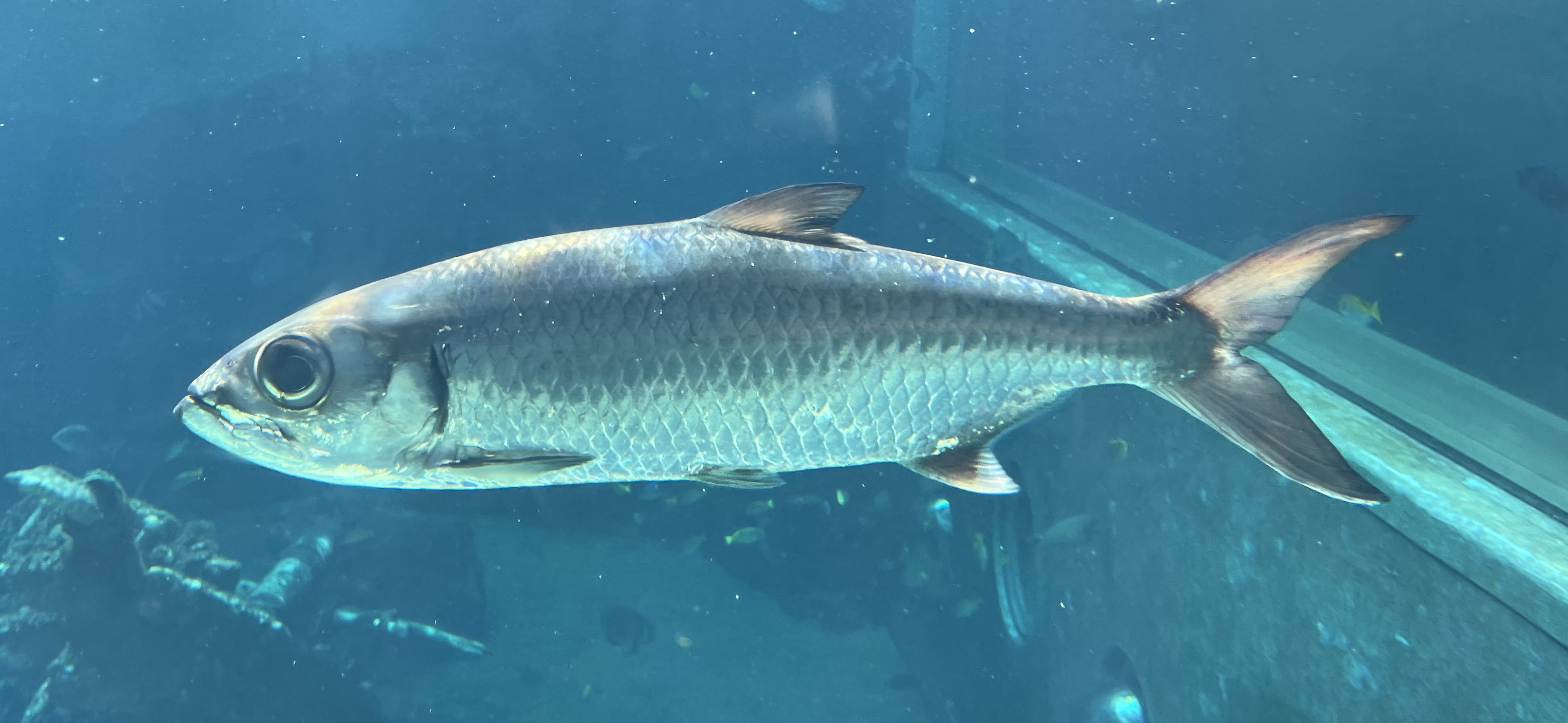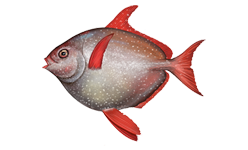|
Tenejapa-Lacandón Formation
The Tenejapa-Lacandón Formation is a geological formation and lagerstätte in southern Mexico and western Guatemala. It preserves fossils dating to the Early Paleocene. It is located primarily in the Mexican state of Chiapas, but outcrops lie as far west as Petén Department, Petén, Guatemala. Some consider it as two distinct formations, the Tenejapa Formation to the west and the Lacandón Formation to the east, which are contiguous and contemporary with each other. The Lacandón Formation was deposited in a shallow inshore marine habitat, whereas the Tenejapa Formation was deposited in a deep offshore habitat. They appear to preserve a marine ecosystem deposited on the western margin of the Caribbean Sea. The most prominent exposures are at the División del Norte and Belisario Domínguez quarries near Palenque, Chiapas, which contain articulated fish skeletons belonging to a variety of taxa of both Cenozoic and Mesozoic affinities. This formation was also the source of the ... [...More Info...] [...Related Items...] OR: [Wikipedia] [Google] [Baidu] |
Danian
The Danian is the oldest age or lowest stage of the Paleocene Epoch or Series, of the Paleogene Period or System, and of the Cenozoic Era or Erathem. The beginning of the Danian (and the end of the preceding Maastrichtian) is at the Cretaceous–Paleogene extinction event . The age ended , being followed by the Selandian. Stratigraphic definitions The Danian was introduced in scientific literature by German-Swiss geologist Pierre Jean Édouard Desor in 1847 following a study of fossils found in France and Denmark.Danien Den Store Danske Encyklopædi He identified this stage in deposits from [...More Info...] [...Related Items...] OR: [Wikipedia] [Google] [Baidu] |
Cenozoic
The Cenozoic Era ( ; ) is Earth's current geological era, representing the last 66million years of Earth's history. It is characterized by the dominance of mammals, insects, birds and angiosperms (flowering plants). It is the latest of three geological eras of the Phanerozoic Eon, preceded by the Mesozoic and Paleozoic. The Cenozoic started with the Cretaceous–Paleogene extinction event, when many species, including the non-avian dinosaurs, became extinct in an event attributed by most experts to the impact of a large asteroid or other celestial body, the Chicxulub impactor. The Cenozoic is also known as the Age of Mammals because the terrestrial animals that dominated both hemispheres were mammalsthe eutherians ( placentals) in the Northern Hemisphere and the metatherians (marsupials, now mainly restricted to Australia and to some extent South America) in the Southern Hemisphere. The extinction of many groups allowed mammals and birds to greatly diversify so that large m ... [...More Info...] [...Related Items...] OR: [Wikipedia] [Google] [Baidu] |
Poisson Lait (Chanos Chanos) (Ifremer 00763-87541)
Poisson may refer to: People *Siméon Denis Poisson, French mathematician *Eric Poisson, Canadian physicist Places *Poissons, a commune of Haute-Marne, France *Poisson, Saône-et-Loire, a commune of Saône-et-Loire, France Other uses *Poisson (surname), a French surname *Poisson (crater), a lunar crater named after Siméon Denis Poisson *The French word for fish See also *Adolphe-Poisson Bay, a body of water located to the southwest of Gouin Reservoir, in La Tuque, Mauricie, Quebec *Poisson distribution, a discrete probability distribution named after Siméon Denis Poisson *Poisson's equation, a partial differential equation named after Siméon Denis Poisson *List of things named after Siméon Denis Poisson These are things named after Siméon Denis Poisson (1781 – 1840), a French mathematician. Physics * ''Poisson’s Equations'' (thermodynamics) * ''Poisson’s Equation'' (rotational motion) * Schrödinger–Poisson equation * Vlasov–Poisson equ ... * Poison (disambiguat ... [...More Info...] [...Related Items...] OR: [Wikipedia] [Google] [Baidu] |
Milkfish
The milkfish (''Chanos chanos'') is a widespread species of ray-finned fish found throughout the Indo-Pacific. It is the sole living species in the family Chanidae, and the only living member of the genus ''Chanos''. The repeating scientific name (tautonym) is from Greek ( ‘mouth’). They are grouped in the order Gonorhynchiformes and are most closely related to the Ostariophysi—freshwater fishes such as carps, catfish, and loaches. Bagarinao, T. (1999). Ecology and farming of milkfish'. Aquaculture Department, Southeast Asian Fisheries Development Center. The species has many common names. The Hawaiian name for the fish is ''awa'', and in Tahitian it is ''ava''. It is called ''bangús'' () in the Philippines, where it is popularly known as the national fish, although the National Commission for Culture and the Arts has stated that this is not the case as it has no basis in Philippine law. In the Nauruan language, it is referred to as . Milkfish is also called ''bande ... [...More Info...] [...Related Items...] OR: [Wikipedia] [Google] [Baidu] |
Chanos Chautus
{{disambiguation, surname ...
Chanos may refer to: * ''Chanos'' (fish), a genus of milkfish * Chanos-Curson, a commune of the Drôme, a department in southeastern France * Chanos, Zamora, a municipality in Spain * George Chanos (born 1958), American attorney and politician * James Chanos (born 1957), American investor See also * Chano (other) Chano may refer to: People * Chano (footballer, born 1961), Spanish footballer * Chano (footballer, born 1965), Spanish footballer *Sebastián Rodríguez Veloso (nickname Chano, born 1957), Spanish Paralympic swimmer *Chance the Rapper (nickname C ... [...More Info...] [...Related Items...] OR: [Wikipedia] [Google] [Baidu] |
Chanos (fish)
The milkfish (''Chanos chanos'') is a widespread species of Actinopterygii, ray-finned fish found throughout the Indo-Pacific. It is the sole living species in the family (biology), family Chanidae, and the only living member of the genus ''Chanos''. The repeating scientific name (tautonym) is from Greek ( ‘mouth’). They are grouped in the order Gonorhynchiformes and are most closely related to the Ostariophysi—freshwater fishes such as carps, catfish, and loaches. Bagarinao, T. (1999). Ecology and farming of milkfish'. Aquaculture Department, Southeast Asian Fisheries Development Center. The species has many common names. The Hawaiian language, Hawaiian name for the fish is ''awa'', and in Tahitian language, Tahitian it is ''ava''. It is called ''bangús'' () in the Philippines, where it is popularly known as the national animal, national fish, although the National Commission for Culture and the Arts has stated that this is not the case as it has no basis in Philippine ... [...More Info...] [...Related Items...] OR: [Wikipedia] [Google] [Baidu] |
Damselfish
Damselfish are those fish within the subfamilies Abudefdufinae, Chrominae, Lepidozyginae, Pomacentrinae, and Stegastinae within the family Pomacentridae. Most species within this group are relatively small, although the four largest species ('' Hypsypops rubicundus'', '' Microspathodon bairdii'', '' M. dorsalis'' and '' Nexilosus latifrons'') can reach 30cm (12 in) in length. Most damselfish species exist only in marine environments, but a few inhabit brackish or fresh water. These fish are found globally in tropical, subtropical, and temperate waters. Habitat in tropical rocky or coral reefs, and many of those are kept as marine aquarium pets. Their diets include small crustaceans, plankton, and algae. However, a few live in fresh and brackish waters, such as the freshwater damselfish, or in warm subtropical climates, such as the large orange Garibaldi, which inhabits the coast of southern California and the Pacific Mexican coast. Foraging The domino damselfish ' ... [...More Info...] [...Related Items...] OR: [Wikipedia] [Google] [Baidu] |
Anguilliformes
Eels are ray-finned fish belonging to the order (biology), order Anguilliformes (), which consists of eight suborders, 20 Family (biology), families, 164 genus, genera, and about 1000 species. Eels undergo considerable development from the early larval stage to the eventual adult stage and are usually predators. The term "eel" is also used for some other eel-shaped fish, such as electric eels (genus ''Electrophorus''), swamp eels (order Synbranchiformes), and deep-sea spiny eels (family Notacanthidae). However, these other clades, with the exception of deep-sea spiny eels, whose order Notacanthiformes is the sister clade to true eels, convergent evolution, evolved their eel-like shapes independently from the true eels. As a main rule, most eels are marine. Exceptions are the catadromous genus Anguillidae, ''Anguilla'' and the Gymnothorax polyuranodon, freshwater moray, which spend most of their life in freshwater, the Fish migration#Classification, anadromous rice-paddy eel, whi ... [...More Info...] [...Related Items...] OR: [Wikipedia] [Google] [Baidu] |
Acanthomorpha
Acanthomorpha (meaning "thorn-shaped") is an extraordinarily diverse taxon of teleost fishes with spiny fin rays. The clade contains about one-third of the world's modern species of vertebrates: over 14,000 species. A key anatomical innovation in acanthomorphs is hollow and unsegmented spines at the anterior edge of the dorsal and anal fins. A fish can extend these sharp bony spines to protect itself from predators, but can also retract them to decrease drag when swimming. Another shared feature is a particular rostral cartilage, associated with ligaments attached to the rostrum and premaxilla, that enables the fish to protrude its jaws considerably to catch food. Rosen coined the name in 1973 to describe a clade comprising Acanthopterygii, Paracanthopterygii, and also ctenothrissiform fossils from the Cretaceous period, such as ''Aulolepis'' and ''Ctenothrissa''. Those fossils share several details of the skeleton, and especially of the skull, with modern acanthomorphs. ... [...More Info...] [...Related Items...] OR: [Wikipedia] [Google] [Baidu] |







